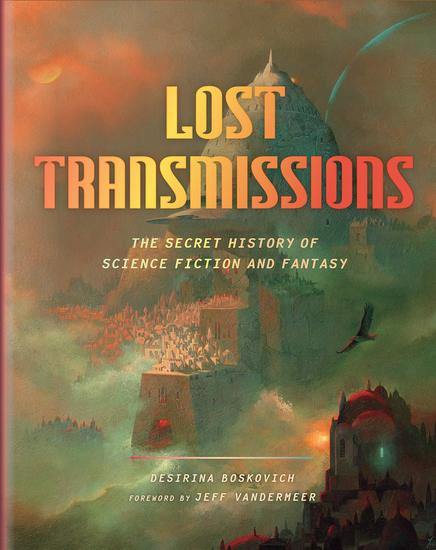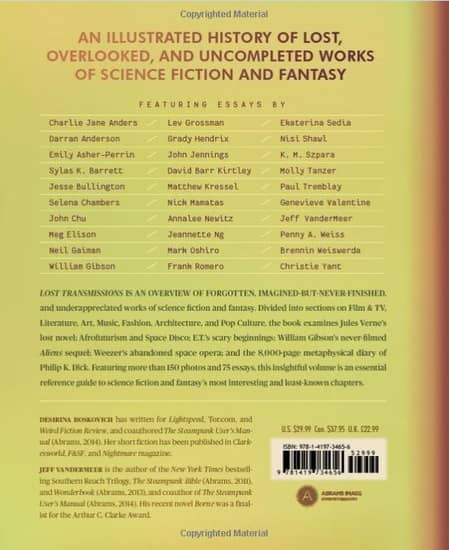Davey Jones, Alien Spores, and Riding on a Comet: The Best of Raymond Z. Gallun
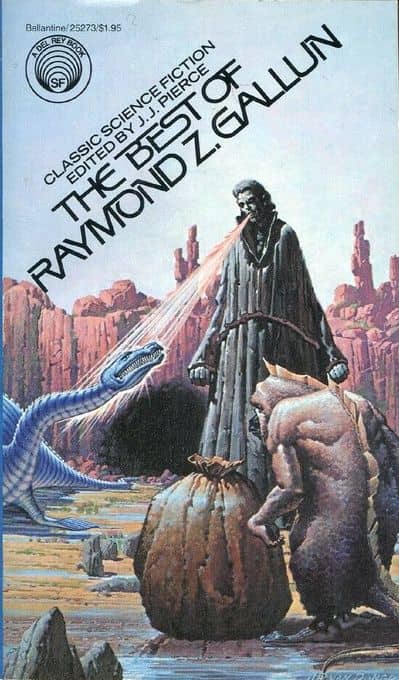 |
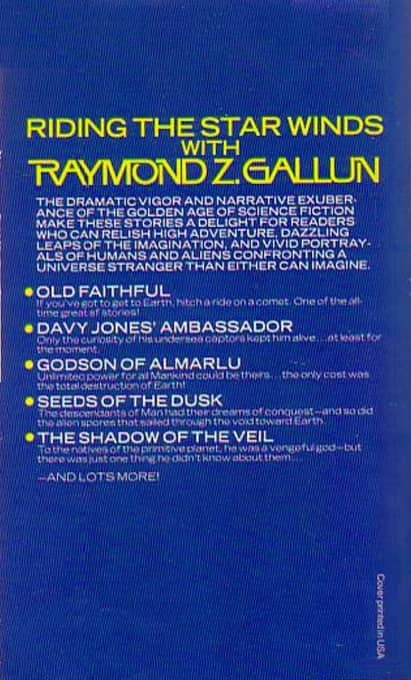 |
The Best of Raymond Z. Gallun (1978) was the seventeenth installment in Lester Del Rey’s Classic Science Fiction Series. J. J. Pierce returns to give the introduction to this volume. H. R. Van Dongen (1920–2010) does his fifth cover of the series (tying with Dean Ellis at this point). Raymond Z. Gallun (1911–1994), still living at the time, did the Afterword.
The Internet Speculative Fiction Database reports that Gallun (rhymes with “balloon,” not pronounced “gallon”) wrote five novels, including The Planets Strappers (1961, see Rich Horton’s review here), The Eden Cycle (1974) and Skyclimber (1981), but these were written later in his life. Most of Gallun’s writing career is comprised of dozens of short stories and serials. Like so many of the authors in Lester Del Rey’s Classic Science Fiction Series, Gallun had been a prolific writer in the pre-WWII heyday of the pulp magazines. But unlike many pulp authors, including many in this series, Gallun seems to have stayed mostly within the sci-fi genre instead of branching out to fantasy, horror, detective, etc. And we’re talking “old school” science fiction!
Overall, I’ve liked the majority of the authors that I’ve read thus far in the Del Rey series. But there have been some that I liked better than others. I found Frederik Pohl and John Campbell both a little hard to get into, and I found Cordwainer Smith very difficult to sync with, though there were stories in all of these collections I enjoyed. But I have to say that I really, really struggled reading The Best of Raymond Z. Gallun, more than any other book in this series so far.
 On the evening of July 19 I sat down in the Hall Theatre for a screening of It Comes (Kuru, 来る), a Japanese horror film. Directed by Tetsuya Nakashima, it’s based on the novel Bogiwan ga kuru, by Ichi Sawamura, with a screenplay by Nakashima, Hideto Iwai, and Nobuhiro Monma. It’s clever and colourful, and at two and a half hours it’s also a sprawling film that justifies its length by twisting in ways you don’t expect. It’s also a success, an entertaining and occasionally chilling movie that builds a universe without being too detailed about the supernatural horror lurking beyond consensus reality.
On the evening of July 19 I sat down in the Hall Theatre for a screening of It Comes (Kuru, 来る), a Japanese horror film. Directed by Tetsuya Nakashima, it’s based on the novel Bogiwan ga kuru, by Ichi Sawamura, with a screenplay by Nakashima, Hideto Iwai, and Nobuhiro Monma. It’s clever and colourful, and at two and a half hours it’s also a sprawling film that justifies its length by twisting in ways you don’t expect. It’s also a success, an entertaining and occasionally chilling movie that builds a universe without being too detailed about the supernatural horror lurking beyond consensus reality.
 My last film of July 18 was in the big Hall Theatre. Knives and Skin was written and directed by Jennifer Reeder, and begins as a girl dies a violent death in a small midwestern town. In the wake of her disappearance secrets begin to come to light, and tensions rise among both her classmates and the adults. The movie proceeds to explore the town and its inhabitants in a series of sometimes-linked vignettes.
My last film of July 18 was in the big Hall Theatre. Knives and Skin was written and directed by Jennifer Reeder, and begins as a girl dies a violent death in a small midwestern town. In the wake of her disappearance secrets begin to come to light, and tensions rise among both her classmates and the adults. The movie proceeds to explore the town and its inhabitants in a series of sometimes-linked vignettes.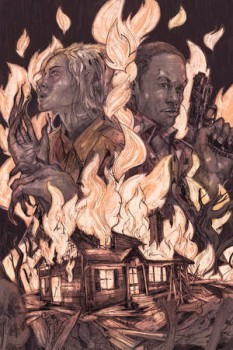
 Before my second film of July 18, a surreal science-fiction movie from the director of
Before my second film of July 18, a surreal science-fiction movie from the director of 
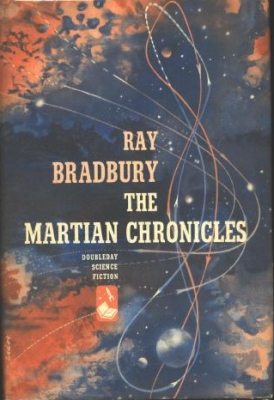
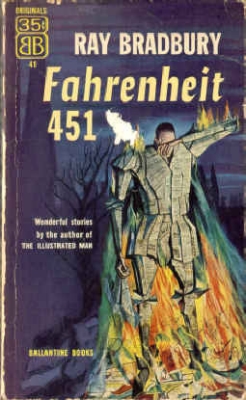
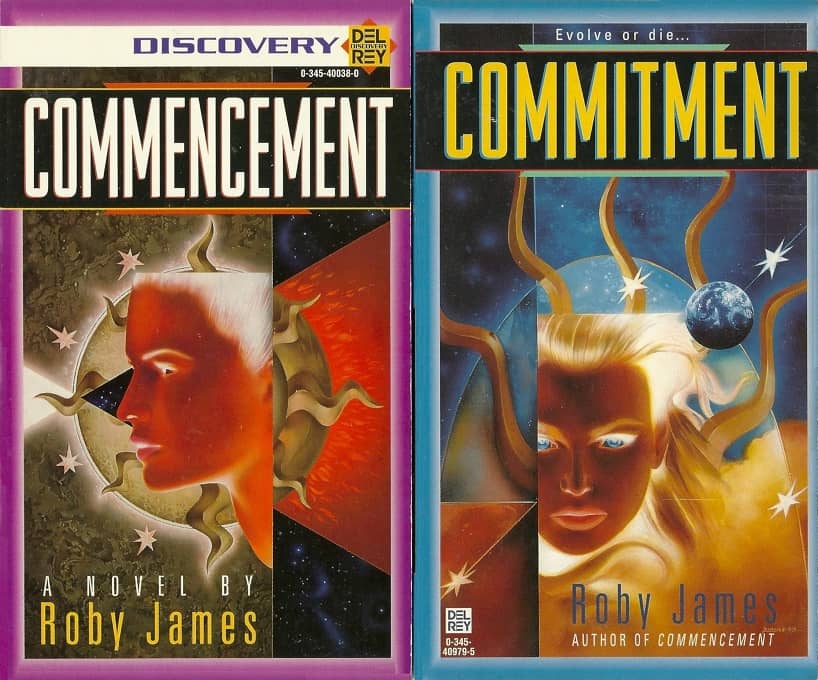
 July 17 for me was a day of rest and running errands; then for my first film at Fantasia on July 18 I went to the De Sève Theatre to watch Maggie (메기). Directed by Yi Ok-seop from a film she wrote with star Koo Kyo-hwan, it’s the story of Yeo Yoon-young (Lee Ju-young), and her boyfriend Sung-won (Koo). Yoon-young’s a nurse at Love of Maria Hospital in Seoul. One day, an X-ray surfaces showing a man and a woman having sex in the X-ray room. The next day almost nobody comes in to work; the X-ray room’s a popular site for assignations, and everyone thinks they’re one of the figures in the X-ray. Yoon-young’s the only one who dares show her face, along with Doctor Lee (Moon So-ri). They end up forming an unlikely partnership as Maggie helps Lee learn to trust other people. Meanwhile, Sung-won finds work filling in sinkholes opening up in Korea, following an earthquake predicted by a catfish named Maggie — who also turns out to play an important role within the film.
July 17 for me was a day of rest and running errands; then for my first film at Fantasia on July 18 I went to the De Sève Theatre to watch Maggie (메기). Directed by Yi Ok-seop from a film she wrote with star Koo Kyo-hwan, it’s the story of Yeo Yoon-young (Lee Ju-young), and her boyfriend Sung-won (Koo). Yoon-young’s a nurse at Love of Maria Hospital in Seoul. One day, an X-ray surfaces showing a man and a woman having sex in the X-ray room. The next day almost nobody comes in to work; the X-ray room’s a popular site for assignations, and everyone thinks they’re one of the figures in the X-ray. Yoon-young’s the only one who dares show her face, along with Doctor Lee (Moon So-ri). They end up forming an unlikely partnership as Maggie helps Lee learn to trust other people. Meanwhile, Sung-won finds work filling in sinkholes opening up in Korea, following an earthquake predicted by a catfish named Maggie — who also turns out to play an important role within the film.